At the beginning of Particle Fever, the lights dimmed and the screen lit up to a series of brightly colored, spiraling dots and lines I could only imagine represented particles. From these first images it was obvious Particle Fever told a story of more than just the science behind the Large Hadron Collider.
Directed by Mark Levinson, this 2013 thoroughly details the scientific importance of the LHC. Footage of final construction on the collider and graphic representations of the project show its massive size, while interviews with physicists create a build up of excitement for the first beam and ultimately the collection of data.
Through anecdotes and reflections, the interviews with the various scientists create a truer, more artistic persona of a physicist. Each physicist revealed how their passion for physics developed and how their passion for either theoretical or experimental physics lead them to work on the LHC. From a need for truth to a need for a solid, measurable explanation of humanity, each subject added a unique perspective on their work. Adding this depth inspired me to open my mind to the idea that math can be more than just crunching numbers.
In addition to creating this depth of character, the thorough interviews and every second of footage creates an emotional dimension to the LHC. The storyline follows the physicists through first beam test, its catastrophic breakdown, the rebuilding process and finally through the successful collection and presentation of one of the greatest discoveries of this century, the Higgs Boson. With each event, the emotions of the scientists accompanied the facts of the project, whether they felt joy at a success or despair at a failure.
Contemporary instrumental music added a bouncing, fluctuating texture throughout the film. With mixed woodwinds, strings and other classical instruments, the lilting tone added an auditory effect fitted perfectly to the visually pleasing graphics and the deep, twisting plot.
More so than I initially imagined, the spiraling web of particle-esque graphics perfectly illustrated the complex emotions and the almost dramatic events surrounding the events leading up to one of the greatest discoveries of humankind in this century. This was made especially clear though footage and interviews with theoretical physicist David Kaplan in which the math behind his theories was portrayed as beautiful and also in an the Q&A following the screening of the film. The graphic portrayal of the science described in the movie made it possible to grasp the beauty of math and physics that is not possible through a textbook.
After watching this movie, I felt more informed and more open to science than I ever have before. Not only is Particle Fever an educational documentary, it is an intriguing glimpse into the passions that lead individuals to seek a deeper understanding of the natural world. The movie made it clear there is more to science than crunching numbers and searching for answers; there is beauty in the work and in the knowledge, and that was something special.
By Emily Franke
What do you think of Particle Fever? You can catch it again at 1 p.m. Saturday, March 1 p.m. at Big Ragtag and at 3 p.m. Sunday at Missouri Theatre












































































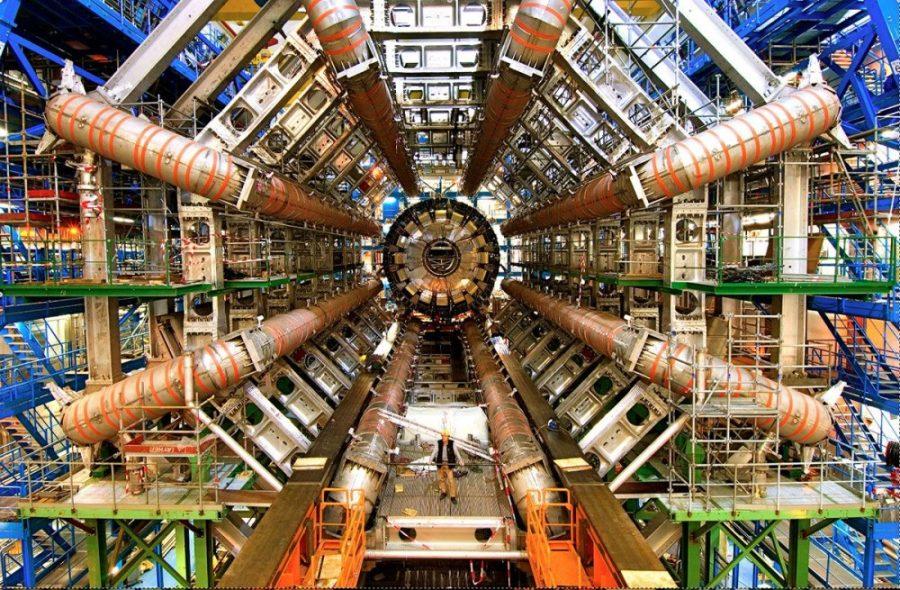


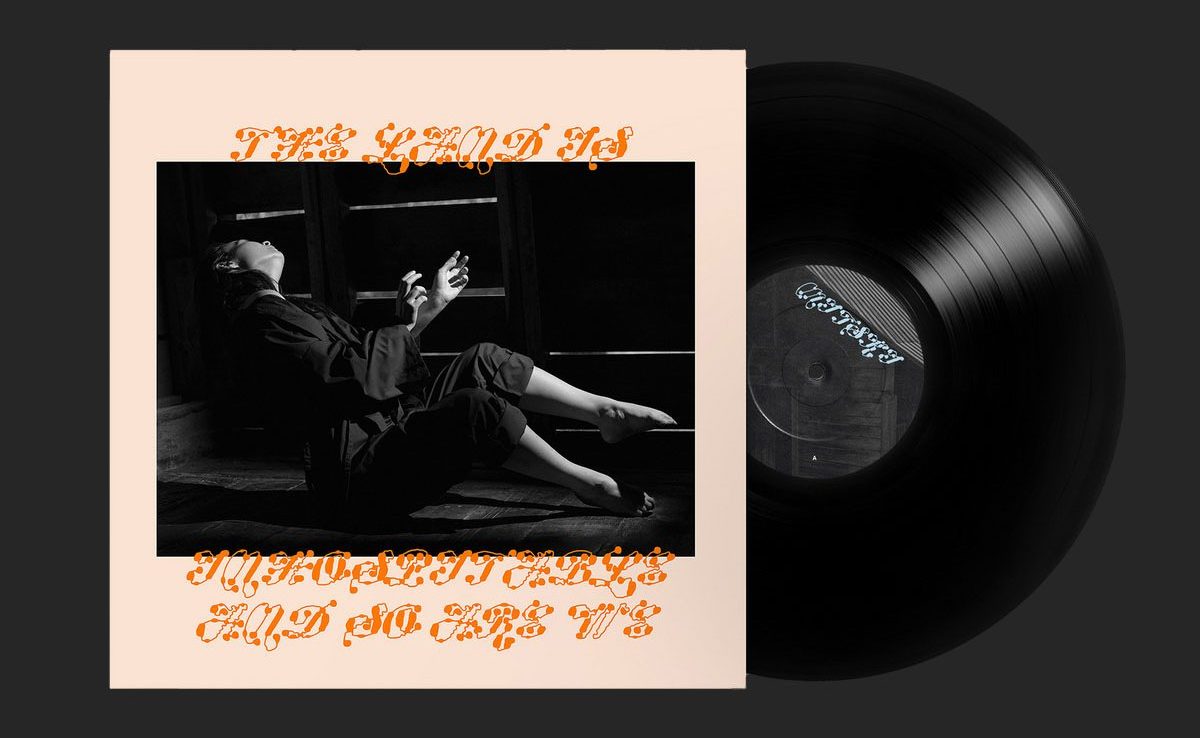

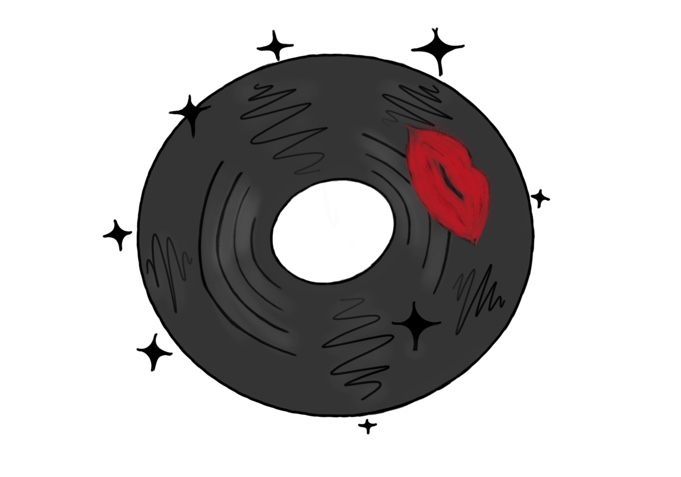
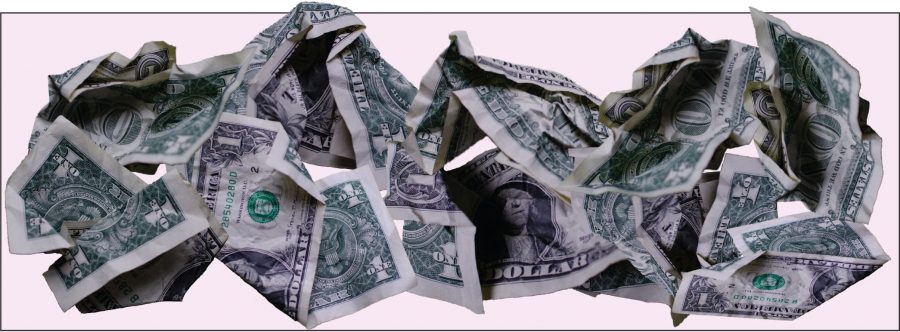

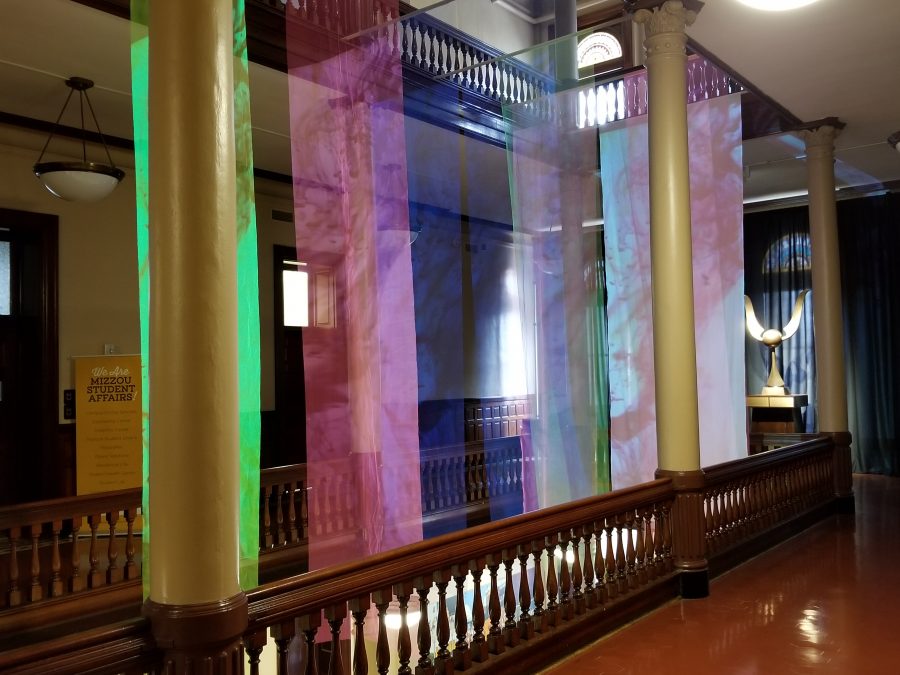

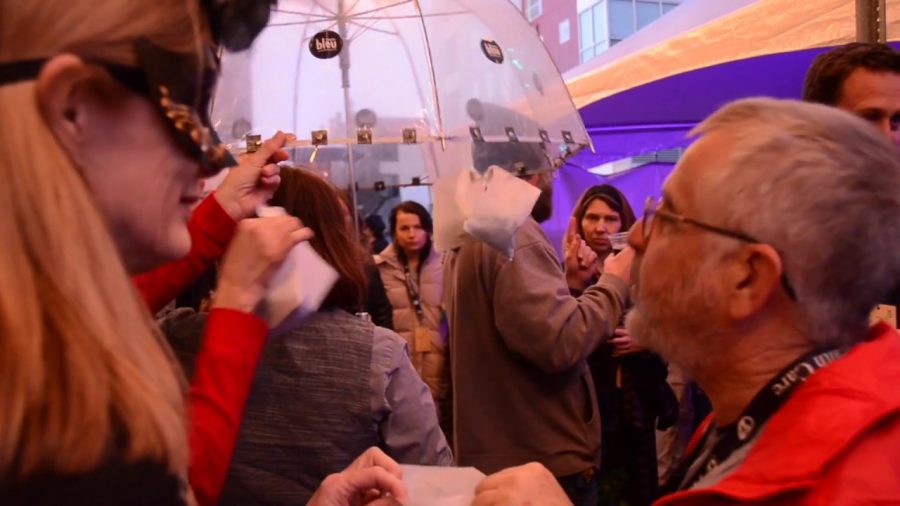


jewel 2001 tv movie • Apr 5, 2016 at 11:38 pm
That company determines what sequels, plays, musicals and ballets can be done.